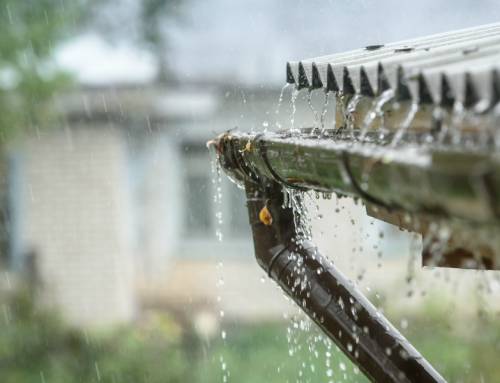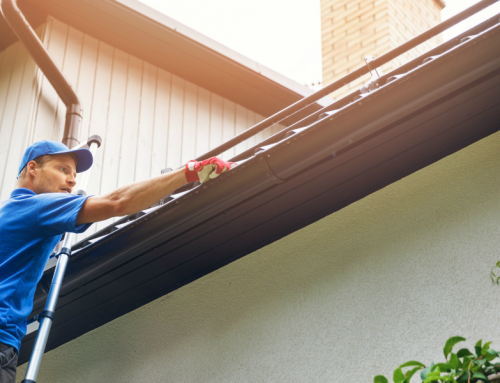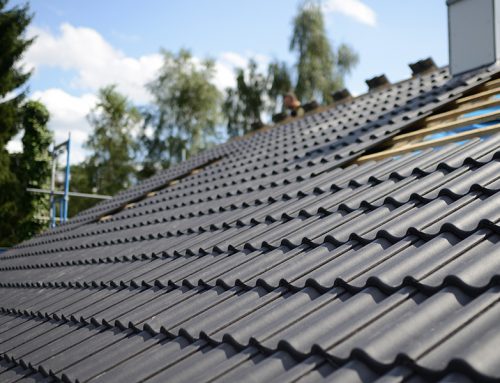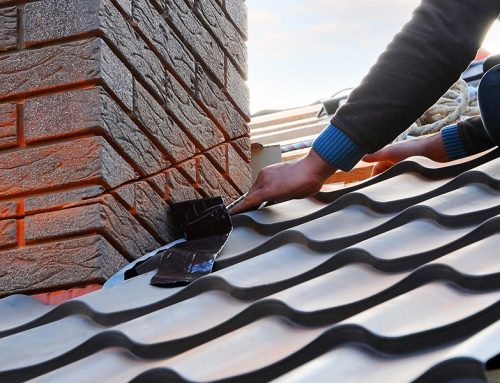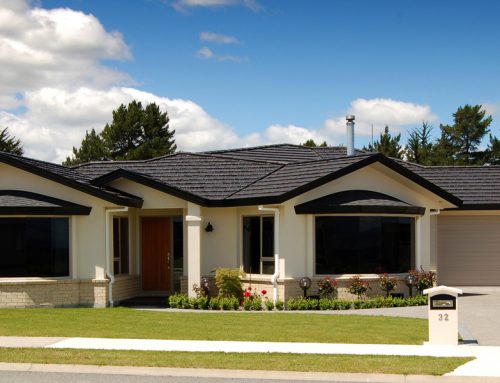Despite the roof being the critical umbrella of our home, it’s generally out of sight and out of mind — that is, until it disturbs our usual day-to-day life with an encroaching leak or unusual noise.
If you’ve found a leak and you’re at a crossroads with roof repairs, this quick roofing guide is for you.

Your approach to repairs or replacement can be determined by how long you plan to live in the property.
Is it More Economical to Repair or Replace Your Roof?
The simplest way to find out is by asking:
- How old is the roof?
- What level of prior maintenance has been carried out?
- How much will the repairs cost?
- Am I staying or selling?
Owen Westney from Rockstar Roofing Solutions says if your repair quote is halfway or three quarters to the cost of a new roof, you’ve got to weigh up the dollar value.
“Some roofs we see and think, ‘this should have been ripped off years ago’, but it’s quite a shocking thing to be told you need a new roof, and a lot of people don’t have $20,000 sitting around — so the repairs give people time to save,” Owen says.
“We only repair if we can guarantee it’ll be watertight for five years, so if anything comes up we’ll go back and fix it for free,” Owen says.
“Always ask [the tradesperson] if they offer a warranty or guarantee of their work,” Owen recommends.
Roof Scenarios: Which One Are You In?
It can be tricky to predict whether the up front costs of repairs will eventually outweigh the inevitable replacement cost (as a house can go through more than one roof in its lifetime depending on the quality of the build). You might be able to relate to the following scenarios:
| Scenario A |
|---|
|
| = Repair & maintain |
| Scenario B |
|---|
|
| = Replace (if possible) |
| Scenario C |
|---|
|
| = Repair & maintain |
If you’re the kind of homeowner that can stay on top of regular maintenance, repairs are going to go a long way for your pockets and your roof.
If you’re the kind of homeowner who can’t be bothered with regular maintenance, or wants a worry-free roof, replacement is a suitable option for those who can afford it.
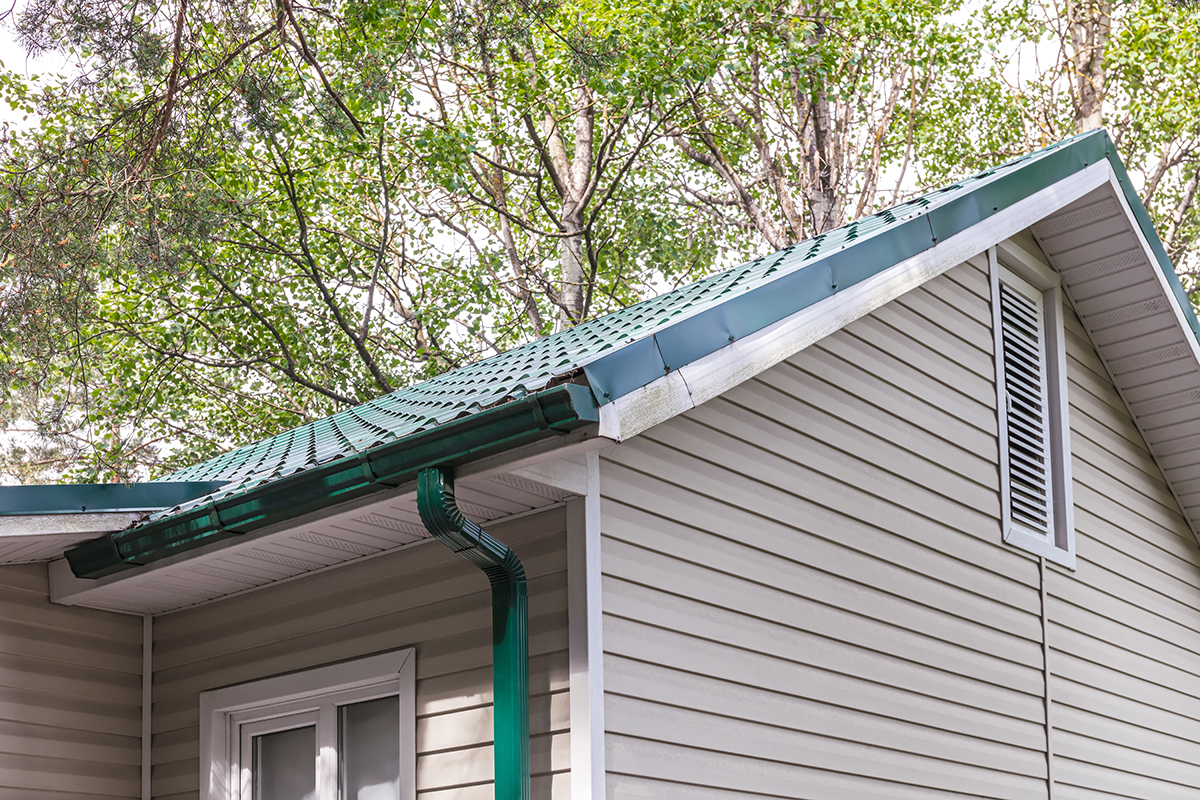
The minimum guaranteed lifetime of a roof is 15 years.
The Domino Effect of Roofing Issues
It’s critically important that your roof is impermeable by water. This is why proactive checks and maintenance can pay off in the long run, and why all leaks need to be dealt with immediately.
Without those checks, you risk finding a leak that has been present for some time. This can introduce a whole bunch of other additional issues like rot in the roof structure, cladding, and damage deeper into the walls and ceiling, affecting the plaster and paint.
Owen explains how extreme weather has affected roofs that would normally hold up, but have been overloaded by the sheer amount of water volume.
“Small leaks that have come up in the past are now getting exposed,” Owen says.
Common Roofing Issues That Can Cause Leaks
Your roof may encounter one of the common issues listed below. For health and safety reasons, it’s best to engage the services of a professional and qualified roofing tradesperson for anything more complex than say, clearing gutters.
Important note about asbestos: It is critically important to have a licenced asbestos assessor identify the substance of your roof material before undertaking any major repairs. Visit Work Safe for more information.
Fixings
- Issue: Any roofs that have led head nails will be prone to rusting out or pulling away.
- Repair: The nails can be replaced with modern screw fixings. Even if they’re steel roofing nails, they still don’t provide the same fixing strength as modern roofing screws.
Corrugated iron or tin
- Issue: Older tin roofs were usually fixed by nails, however, nails can work themselves loose over time, then water makes its way down the nail hole.
- Repair: The nails can be replaced with modern screw fixings. Single sheets of deteriorated iron can also be replaced to prevent further leaks.
Clay or concrete tiles
- Issue: Movement of the tiles or the house can introduce leaks. The ridge cap (which locks the tiles into place) can become brittle and come away from the structure.
- Repair: The individual tiles can be repaired relatively simply, but the grout or sealant may need attending to. The ridge cap can get repointed, or rebedded, to ensure everything is locked into place.
Asphalt shingles
- Issue: Curling, cracking and granule loss are common issues with asphalt shingles.
- Repair: Individual shingles can be replaced, however if the roof is in poor condition or a large number of shingles are missing, the roof should be replaced.
Membrane
- Issue: Sharp objects or foot traffic can cause punctures in the membrane.
- Repair: It can be patched when using materials compatible with the original membrane (this type of roof is less likely to be replaced).
Copper
- Issue: While rare, copper roofing is durable, and with few issues. Apart from uneven colouring and perhaps some dents, the main issue is corrosion from coming into contact with dissimilar metals.
- Repair: It’s best to remove the dissimilar metals, but if that’s not possible, a barrier needs to be put in place to separate them.
Gutter back-flow
- Issue: Instead of flowing into the gutter troughs, rainwater drains from the eaves and runs under the roof or behind the gutters. This is common with roofs that have hips and valleys.
- Repair: The repairs could range from unclogging the gutters, installing proper flashings around the gutters or assessing whether the gutters could be better situated to accommodate the run off.
Lichen
- Issue: The build-up of fungus and algae can cause lichen to grow. This can hold moisture against surfaces and speeds up normal wear and tear, and can also affect the roof’s ability to manage rainfall.
- Repair: The most suitable removal treatment or solution will depend on your roof material (concrete tiles or corrugated iron etc).
Corrosion vs rust
- Issue: Roof fixings have a protective steel coating such as Zincalume, Colorsteel or galvanized coating. Depending on the fixings that have been used, and the combinations of metals, there can be an accelerated corrosion due to the electrochemical process. This eats away at the protective coating and promotes corrosion of roofing materials.
- Repair: A thorough inspection is needed to identify the affected materials (which may be the fixings and roofing), then repairing with the correct fixings. Partial replacements may be needed depending on the damage.
Earthquakes
- Issue: If the home is exposed to earthquake stress, it can compromise the interlocking system of tile roofing. Each row of tiles interlocks into the row above it, and the corners of the roofs are sealed and capped. One tile in one row can start to affect tiles lower down the roof, and can become a cascading issue.
- Repair: Similar to the clay or concrete tiles section above, work can be done to strengthen the integrity of the ridge cap and repairs or replacements made to any surrounding tiles.
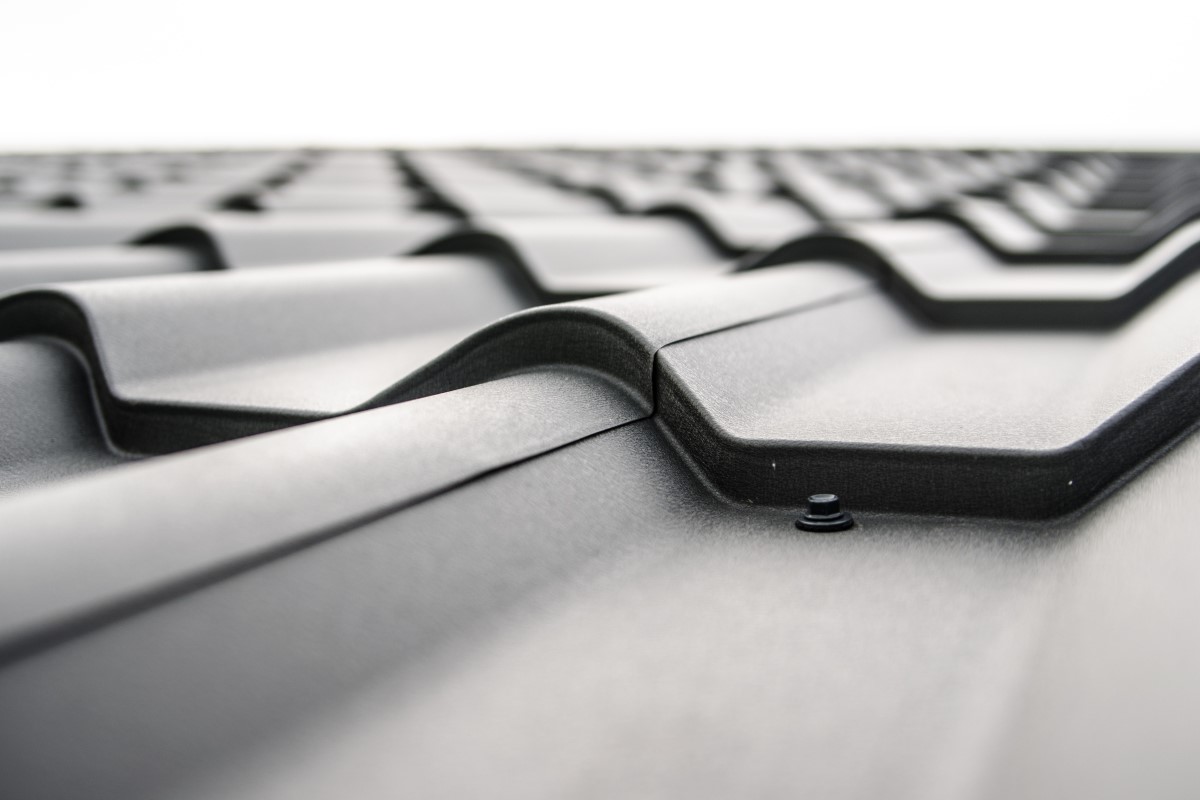
Work can be done to strengthen the integrity of existing materials.
Roof Repair and Replacement Costings
Use our Cost Estimator tool to find a budget for your roof repair or replacement.
Repair and replacement costs vary greatly considering the size and location of the home, qualifications of the tradesperson and extent of the damage. As a starting point:
- Getting the nails or screws repaired can cost anywhere between $200 – $400+
- Partial replacement of individual tiles/sheets of metal can cost anywhere between $500 – $5,000+
- A clean and repaint can cost anywhere between $3,000 – $10,000+
- Full re-roofing can cost anywhere between $10,000 – $30,000+
- If asbestos is present, getting it professionally removed can cost upwards of $8,000+
At the end of the day, the severity of the damage and the potential for more leaks in other parts of the roof will determine the economics of repair or replacement.
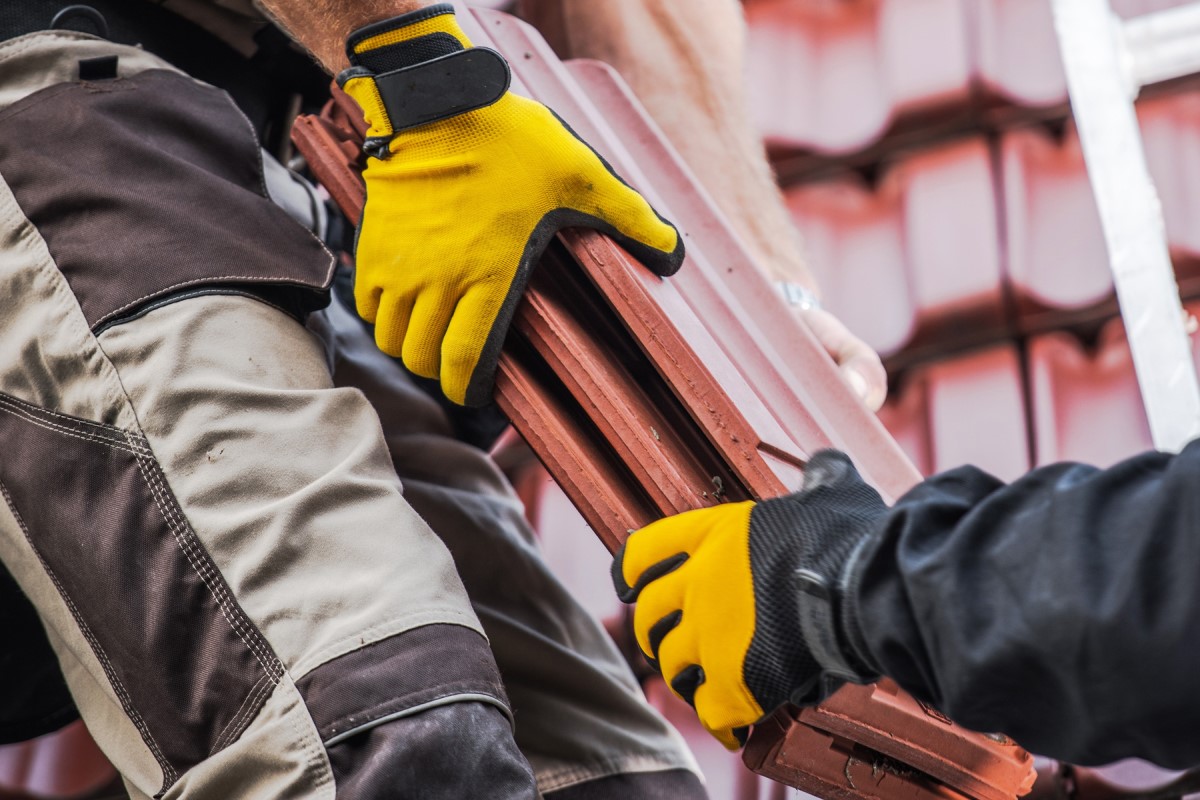
Asking questions up front can help to manage expectations on both sides.
Questions for The Tradesperson
Important: Check if your job is exempt or needs consent. Your local council can provide guidance on what will be deemed as altering the weather tightness of your home, as this is restricted work and must be done by a Licensed Building Practitioner (LBP). See Building Performance for more information.
Before you hire
- What is your experience?
- What roofing qualifications, licences or memberships do you hold?
- Do you do new roof installs, or, does repairing roofs make up a reasonable amount of your work?
- What roofing issues have you dealt with? When have the solutions worked/not worked?
- Can you provide a warranty or guarantee?
After you hire, and work begins
- If unknown: What is the roofing material?
- If steel: How is this steel treated? What coating does it have? What fixings can we use?
- If tiles: How many tiles are affected?
- What is the general state of the roofing material?
- How would you rate the deterioration?
- What does the surface or paint finish look like?
- When completed: Can you tell me what work has been done? Can you provide photos?
How To Be Proactive With Your Roof Maintenance
Don’t wait until you see discoloration on the ceiling — by that time, the leak has already done some damage.
Owen says if you want peace of mind, all you need to do is a bit of maintenance here and there. Here’s how:
